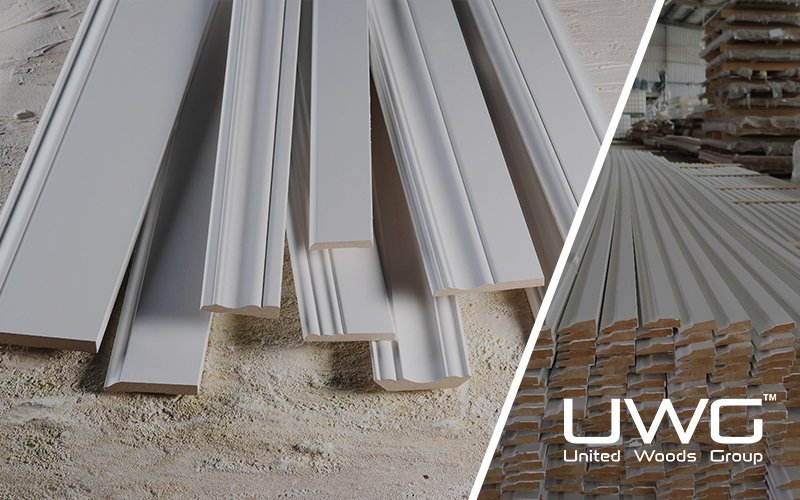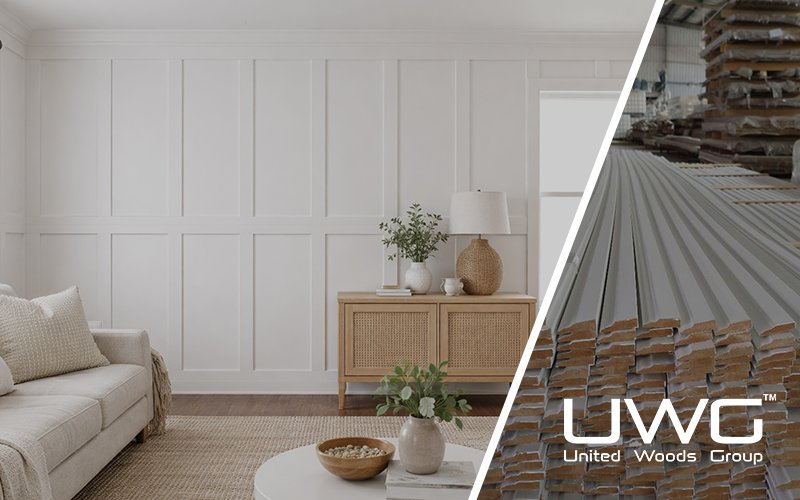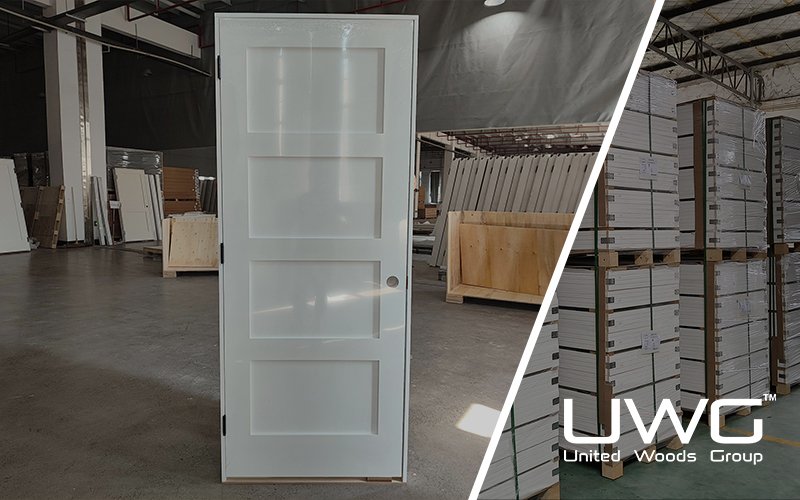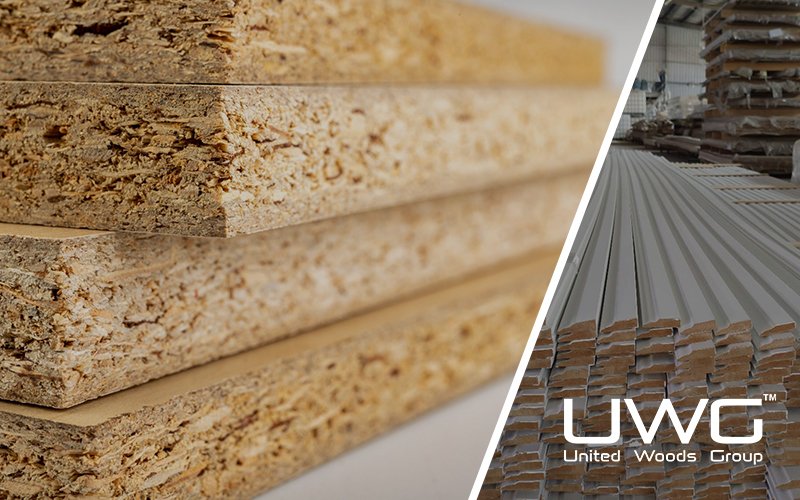According to the NAHB July 2025 Builder Confidence Index, builder sentiment is cautiously improving after months of uncertainty. While lower mortgage rates have attracted some buyers back into the market, rising material costs and regulatory requirements keep pressure on margins. In this environment, making smarter material decisions is not just a cost-saving measure—it’s a survival skill.
1. The Forces Driving Change in North America’s Construction Market
The shifts in 2025’s building landscape are not random fluctuations—they stem from several interconnected forces that are reshaping the industry:
- Economic Adjustments in Housing Demand With mortgage rates easing but overall affordability still under pressure, buyers are more cautious. Builders must deliver projects that align with tighter budgets without sacrificing quality.
- Global Supply Chain Realignment Pandemic-era disruptions have led to a permanent reevaluation of sourcing strategies. Many North American projects are moving toward regional or diversified supply networks to reduce dependency on single-source imports.
- Regulatory Push for Sustainability Federal and state regulations are increasingly promoting or mandating low-carbon and energy-efficient materials. This is accelerating the adoption of engineered timber, recycled metals, and high-performance insulation.
- Technological Innovation in Materials Advances in manufacturing are producing cost-effective, durable alternatives—such as composite cladding and modular components—that shorten construction timelines and reduce labor requirements.
- Shifting Consumer Expectations Homebuyers now factor maintenance costs, environmental impact, and energy efficiency into their decisions, influencing material selection from the earliest design stages.
Understanding these drivers helps builders see beyond immediate price changes and prepare for long-term industry transformation.

2. How Should Builders Respond to This Trend?
When prices shift, knee-jerk cost-cutting often leads to problems later—poor durability, higher maintenance, and unhappy clients. Instead, builders should adopt a total cost of ownership approach, focusing on the full lifecycle value of materials rather than just their upfront price.
Here’s a smarter way forward:
- Track market data regularly – Use reliable sources to monitor building material price trends weekly, ensuring purchases are timed for cost efficiency.
- Diversify sourcing channels – Build relationships with multiple types of suppliers, including distributors, local vendors, and direct-from-factory sources. Working directly with factories can lower procurement costs by removing middlemen, offer customizable specifications to fit exact project needs, ensure stronger quality control at the source, and provide greater supply chain stability during market fluctuations.
- Prioritize versatile materials – Choosing products suitable for various project types reduces waste and streamlines procurement.
- Factor in lifecycle savings – Materials that improve energy efficiency or reduce maintenance can justify a higher initial investment.
By combining market awareness with a diverse and strategically chosen supplier base, builders can secure both cost efficiency and reliable quality, even in fluctuating markets.

3. What Are the Current Building Material Price Trends in 2024–2025?
Industry data shows that while lumber prices have stabilized from their 2021–2022 spikes, steel and concrete remain volatile due to energy costs and supply chain disruptions. Sustainable materials—like engineered timber, recycled steel, and composite cladding—are gaining market share despite slightly higher upfront prices. Builders who monitor building material price trends can time bulk purchases, negotiate seasonal discounts, and avoid costly delays.
2024–2025 Building Material Price Trends Table
| Material Type | 2024 Avg. Price Change | 2025 H1 Trend | Notes |
|---|---|---|---|
| Lumber | -3% | Stable | Prices have returned to pre-pandemic levels |
| Steel | +5% | Volatile | Affected by energy costs and import tariffs |
| Concrete | +4% | Slight Increase | Rising raw material and transportation costs |
| Engineered Timber | +6% | Steady Growth | Driven by demand for sustainable construction |
| Recycled Steel | +2% | Growing | Favored in green-certified projects |
| Composite Cladding | +3% | Steady Growth | Combines durability with aesthetic appeal |
Source: Industry market monitoring reports and supplier price data (July 2025)

4. Conclusion – Building Smarter in 2025
In 2025, building smarter means more than reacting to shifting home prices—it’s about anticipating change, understanding the forces that shape the market, and making deliberate choices that balance cost with performance.
By recognizing industry drivers, adopting flexible sourcing strategies, and tracking material price trends, builders can maintain profitability without compromising quality. Trends will continue to evolve, but the principle remains the same: the right material, chosen for the right project, at the right time, is the foundation of lasting success in a changing housing market.







